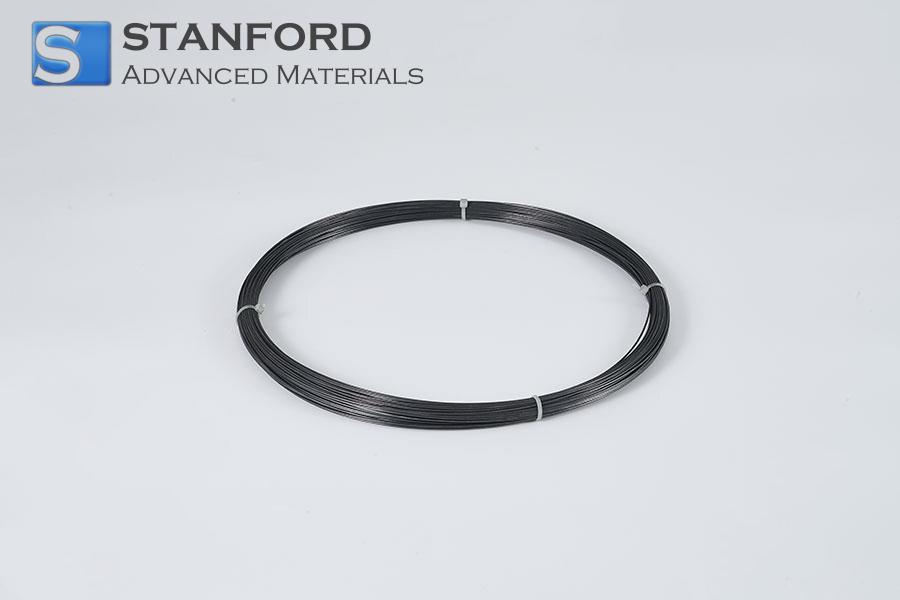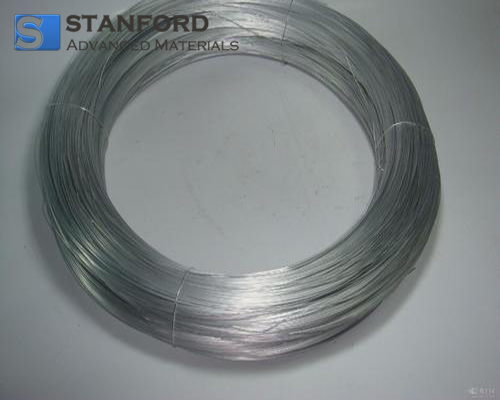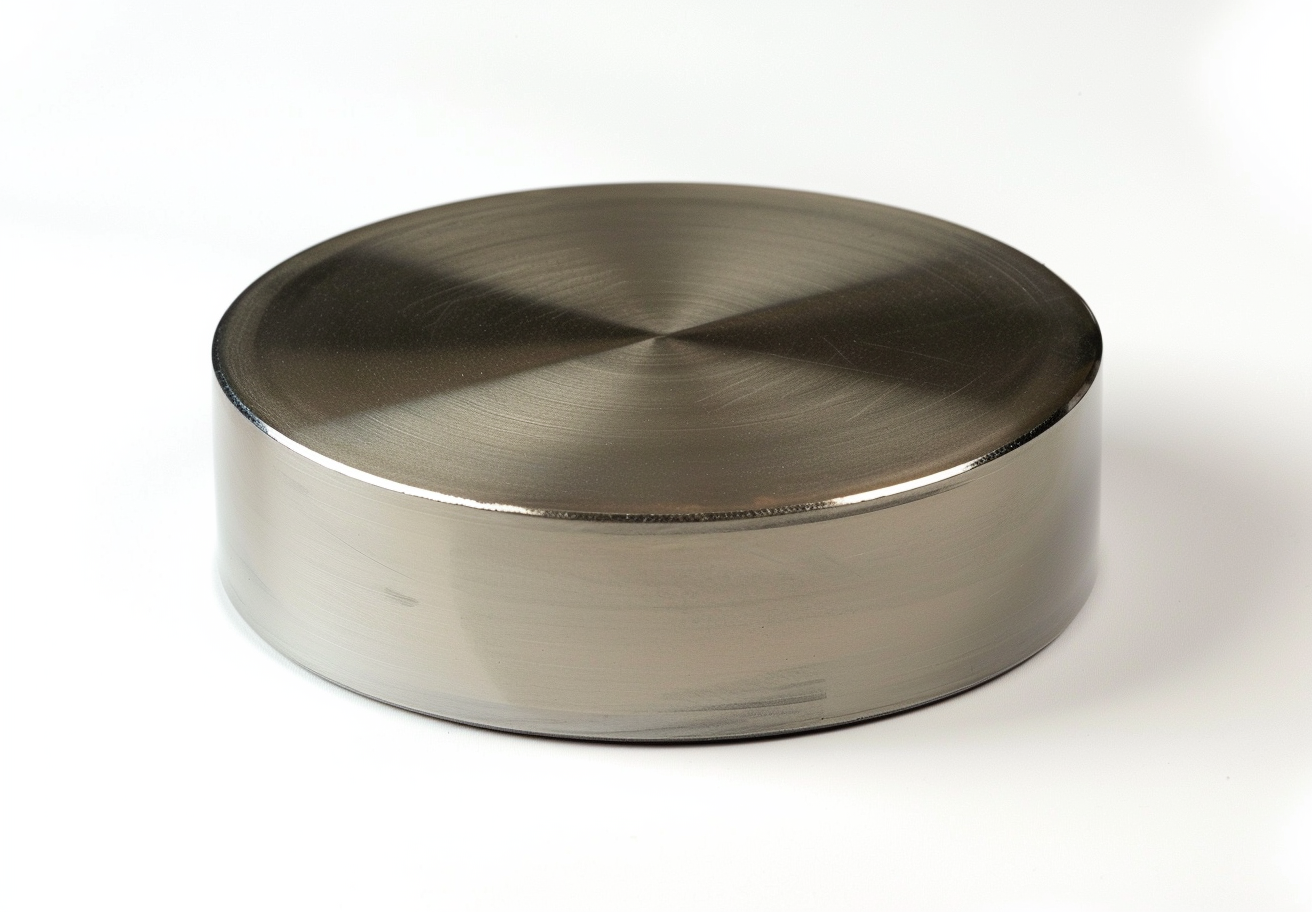The Future Is Now—Shape Memory Alloys
Although the concept originates from early theoretical models, it may appear unconventional. Metals that modify their shape and recover their initial configuration are used in the automotive, aerospace, biomedical and robotics industries.
Because of their wide range of applications, these metals are known by several names, including Shape Memory Alloy (SMA), intelligent metal, muscle wire and intelligent alloy. In simple terms, SMAs are specially formulated metal mixtures that recover their original configuration following deformation. The process involves heating a deformed SMA to its transition temperature. This heating activates the memory property and restores the alloy’s base shape. The alloy does not recall its previous configuration. Instead, a base shape is defined during production.
In a 1993 article entitled "Memory Metal", George Kauffman and Issac Mayo described the procedure for manufacturing one of the most widely applied SMAs. The alloy, composed of nickel and titanium, is known as Nitinol. It is maintained in position and heated to approximately 500 °C. The high temperature causes the atoms to arrange into a compact, regular cubic pattern, known as the austenite phase.
SMAs are categorised into two types. One-way memory alloys can be deformed and repositioned; however, upon reaching the transition temperature, they revert to their initial configuration. Two-way SMAs are engineered to adopt one shape at lower temperatures and another at higher temperatures.
SMAs are used in aerospace for quieter engines, shape-memory couplings in oil and water pipelines, automotive seating and as robotic actuators. In biomedical applications, SMA stents maintain the openness of peripheral arteries during angioplasty. SMAs are also used in flexible eyeglass frames and dental braces that exert a constant force on teeth.
If you have not observed the operation of shape memory alloys, you likely will in the near future. Each day, new applications for SMAs are developed. Applications range from smartphones and robots to engines.

 Bars
Bars
 Beads & Spheres
Beads & Spheres
 Bolts & Nuts
Bolts & Nuts
 Crucibles
Crucibles
 Discs
Discs
 Fibers & Fabrics
Fibers & Fabrics
 Films
Films
 Flake
Flake
 Foams
Foams
 Foil
Foil
 Granules
Granules
 Honeycombs
Honeycombs
 Ink
Ink
 Laminate
Laminate
 Lumps
Lumps
 Meshes
Meshes
 Metallised Film
Metallised Film
 Plate
Plate
 Powders
Powders
 Rod
Rod
 Sheets
Sheets
 Single Crystals
Single Crystals
 Sputtering Target
Sputtering Target
 Tubes
Tubes
 Washer
Washer
 Wires
Wires
 Converters & Calculators
Converters & Calculators
 Write for Us
Write for Us



 Chin Trento
Chin Trento



